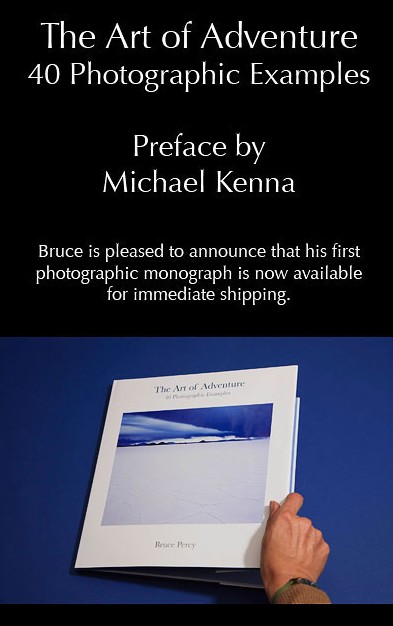I’ve been trying to understand the key elements of ‘Intimate Landscapes’ – I’m still a long way from them making even vague sense to me – but I am looking at as many photographs as I can in this style and reading as much as I can too. Niall Benvie‘s article in Outdoor Photography about ‘Deconstructed landscapes’. You can find a version of the article on his blog here, certainly worth a read.
I enjoyed the article enough to look up his books and came across Outdoor Photography Masterclass. Against my better judgement, since I’m trying to ween myself off ‘how to’ books, I ordered it and spent last weekend flipping through it. The book is broken up as though it were a 3 day workshop. I haven’t gotten deeply into the specifics of workflow, basic processing etc., – it seems like the usual affair, generally solid advice, perhaps a little dated. A minor quibble for instance – I’m using 8 GB memory cards, shooting raw I get about 280 images per card. I generally delete the out of focus stuff and keep the rest. It’s quite possible for me to have at least 8 GB of images from a morning or evening shoot more than will fit onto the DVD recommended for archiving purposes.
What I really liked were the more thought provoking short essays at the end of each chapter, covering topics such as ‘How Should we Critique Outdoor Photography’ and ‘Creativity, Style & Vision’. I would have been happy to have a book full of these and I’m happy to have bought Outdoor Photography Masterclass for these writings if nothing else.
To find more of Niall’s writings, and I recommend that you do!, a great place to begin with is the blog ‘Images from the Edge‘ that Niall collaborates on with Clay Bolt, Paul Harcourt Davies & Andrew Parkinson. Niall is also a regular contributor to the UK magazine Outdoor Photography. This can be hard to find in the US but is available as an iPad app and well worth having a look. Lots of good stuff to dig into.
arrived at my house earlier this week and reminded me all over again why I love Hugh’s work. He mixes quirky cartoons with very pithy commentary that cuts to the heart of the issue. It’s very cool. The balance of text to cartoons in Freedom is biased towards cartoons, which makes it very easy to dip in and out of, or to go through at once, which is what I did.







